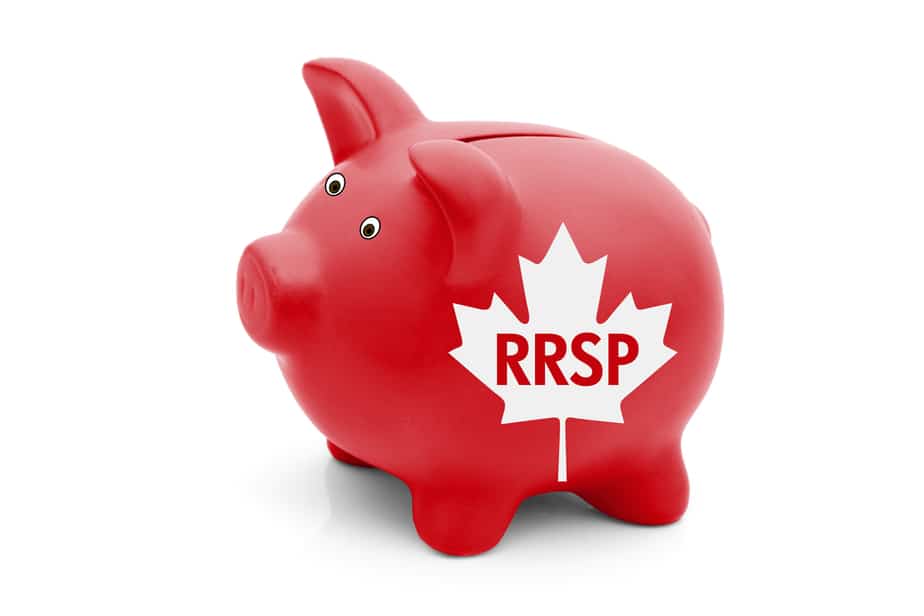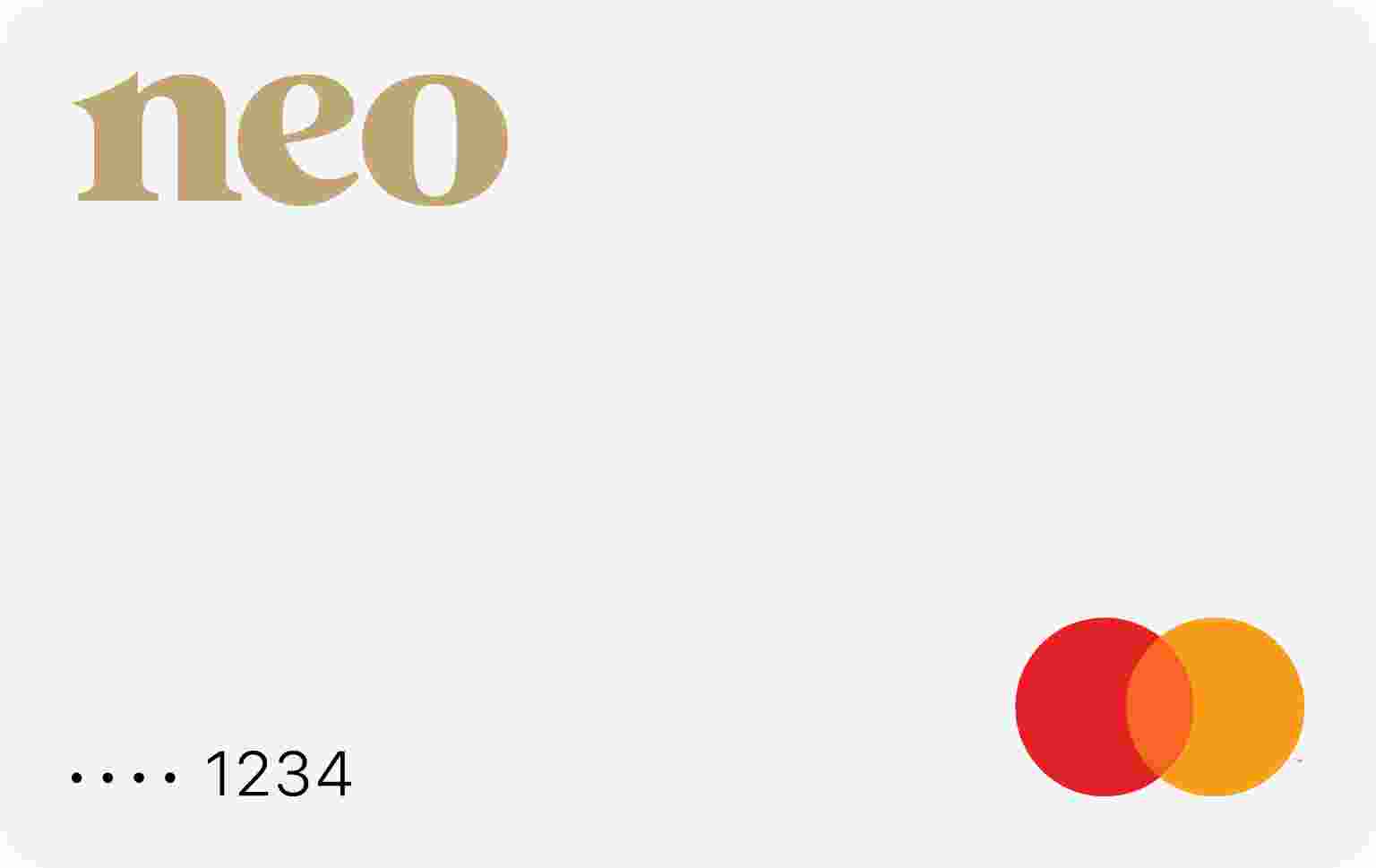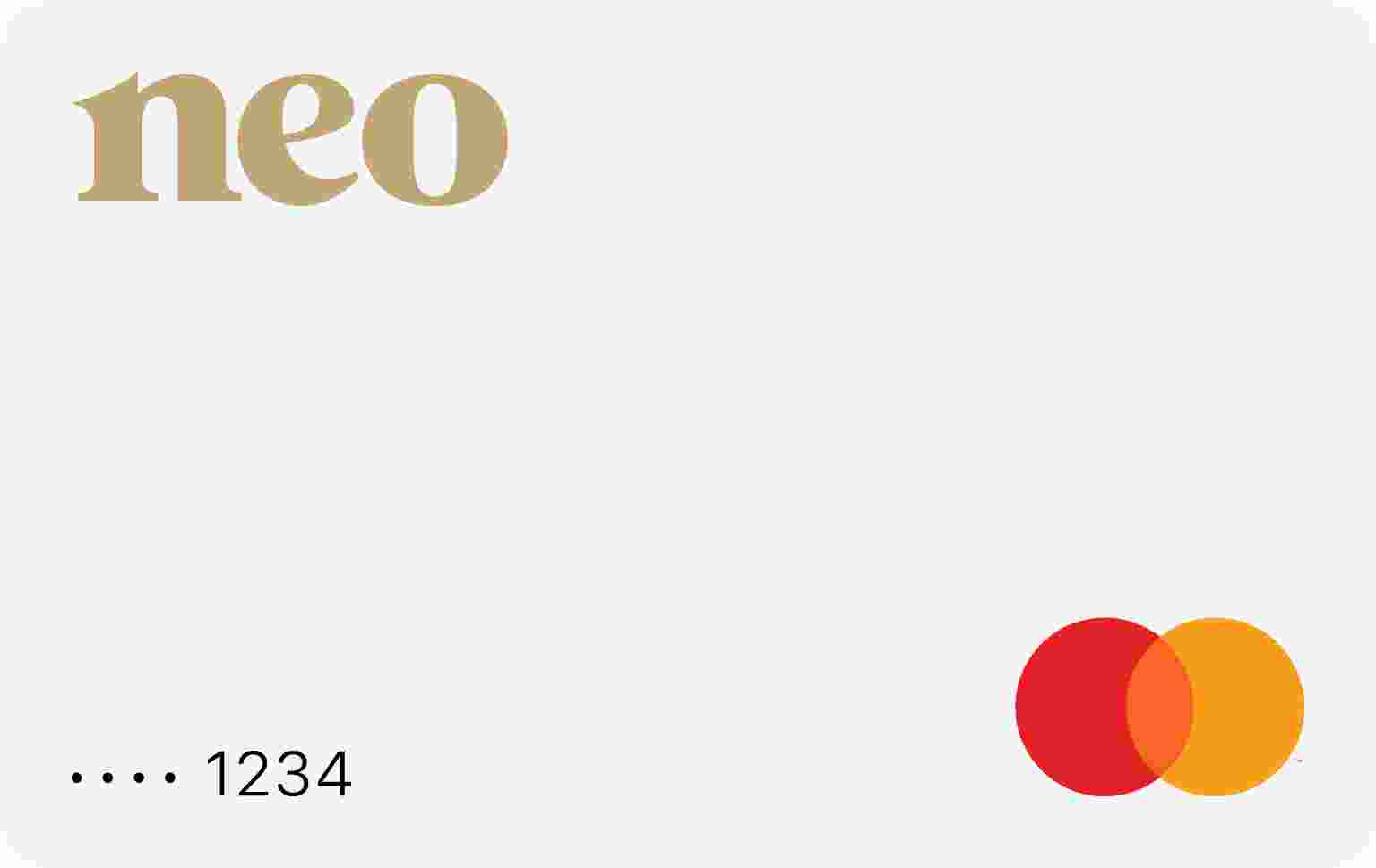OAS Payment Dates 2025
Many Canadians struggle with finances, whether it’s debt, budgeting, or taxes. As a senior citizen, you have more financial challenges to consider as you approach retirement. Some financial challenges for seniors include paying off debt, reverse mortgages, confusing bank fees, identity theft, healthcare costs, living with lower income and more. Debt is particularly stressful for seniors. That’s because it’s more difficult to pay off debt with reduced income. Also, not every senior is fortunate enough to benefit from an employer pension plan.
Luckily, the federal government has specific sources of retirement income for Canadian seniors. Specifically, seniors can access the Canada Pension Plan (CPP) and Old Age Security (OAS). In this guide, My Rate Compass provides an overview of the OAS program.
What is the Old Age Security (OAS) Pension?
The Old Age Security (OAS) Pension is a monthly payment for Canadian senior citizens. You don’t need to contribute to OAS to receive it. Whether you’ve worked your whole life or not doesn’t matter, as you’ll still be eligible to receive OAS at the age of 65.
Usually, you don’t need to apply for OAS — the government automatically enrolls you into it. A month after your 64th birthday, you’ll receive a letter informing you of your enrollment. You can also defer your OAS payments for a maximum of 5 years. Deferring OAS means your payments will be higher once you start receiving funds.
Who is Eligible for the Old Age Security (OAS) Pension?
OAS applicants must meet the following eligibility criteria:
- You must be a Canadian citizen or legal resident of Canada that has lived in Canada for at least 10 years.
- If you live outside of Canada, you must have lived inside of Canada for at least 20 years as an adult.
- You must be at least 65 years old.
If you’re a Canadian who works abroad, the criteria are slightly different. You must either:
- Come back to Canada within 6 months of ending your employment
- Turn 65 years old while still abroad, while still maintaining your residence in Canada
Furthermore, you must provide the following documents if you’re a Canadian working abroad:
- Proof of employment
- Proof of return to Canada, unless you turned 65 while still working abroad.
How Much Money Will I Receive Through OAS Payments?
The amount of money you receive depends on the amount of time you’ve lived in Canada as an adult. If you’ve lived in Canada for at least 40 years, you’ll be eligible for the maximum amount of OAS.
The OAS amounts are adjusted every quarter: once in January, April, July, and October. The government adjusts OAS amounts to account for changes in living costs and inflation. The maximum amount of OAS for July to September 2022 is a monthly payment of $642.25, as long as your annual income is under $129,581.
Furthermore, the total amount received also depends on your income. Check out the Government of Canada’s OAS payment tables for more information.
What are the OAS Payment Dates for 2025?
Seniors eligible for OAS pension will receive payments on the following dates in 2025:
- January 29, 2025
- February 26, 2025
- March 27, 2025
- April 28, 2025
- May 28, 2025
- June 26, 2025
- July 29, 2025
- August 27, 2025
- September 25, 2025
- October 29, 2025
- November 26, 2025
- December 22, 2025
What is the OAS Claw Back and How Can I Prevent It?
The OAS claw back, otherwise known as the OAS recovery tax, refers to a reduction in your OAS benefit if your net income surpasses a certain amount.
This year if you make more than $129,581, your OAS benefit will be zero. In other words, you won’t be eligible for the OAS benefit.
In 2021, you must pay back 15% of your OAS benefit if your annual income surpasses $79,845 but is under $129,581. OAS claw backs can be confusing to understand, let’s look at an example.
Example:
Scenario: Your income was $90,000 in 2021 and the income threshold for the OAS claw back is $79,845. The difference is $10,155 ($90,000 – $79,845).
Claw back calculation: You would have to return 15% of the $10,155 difference. Your claw back amount would be $1,523.25 ($10,155 x 15%).
To prevent having to return money to the government through an OAS claw back, keep your income below $79,845. Normally, seniors withdraw funds from a RRIF or RRSP to support their lifestyle. For this reason, it’s usually easy to control your annual income as a retiree.
How to Limit the OAS Claw Back
Try these strategies to limit the OAS claw back:
- Defer Your OAS Benefit and CPP: You can defer your OAS and CPP for up to 5 years. This results in a smaller chance of a claw back, since you won’t be receiving OAS for a while.
- Income Splitting: Split your pension income with your spouse, including RRIF, workplace pension, and RRSPs. By income splitting, you can reduce your overall income to minimize the OAS claw back.
- Make More RRSP Contributions: RRSP contributions are deductible, which means your income will be lower if you maximize your contributions. Thus, you can limit the OAS claw back.
Who Can I Contact for OAS Questions?
Service Canada can answer any questions you may have about the OAS Pension. Their hours of operation are Monday to Friday, 8:30 a.m. to 4:30 p.m. Call early to reduce your wait time.
Here are the toll-free numbers for Service Canada:
If you live in Canada or the USA: 1-800-277-9914
If you live abroad: 1-613-957-1954
Quick tip: Make sure you have your SIN and identification documents ready for your call.
Final Thoughts
Seniors have unique financial challenges that younger individuals don’t have to worry about. It’s important to maintain awareness of government programs like the OAS Pension, to ensure you’re receiving as much money as possible throughout your retirement.






